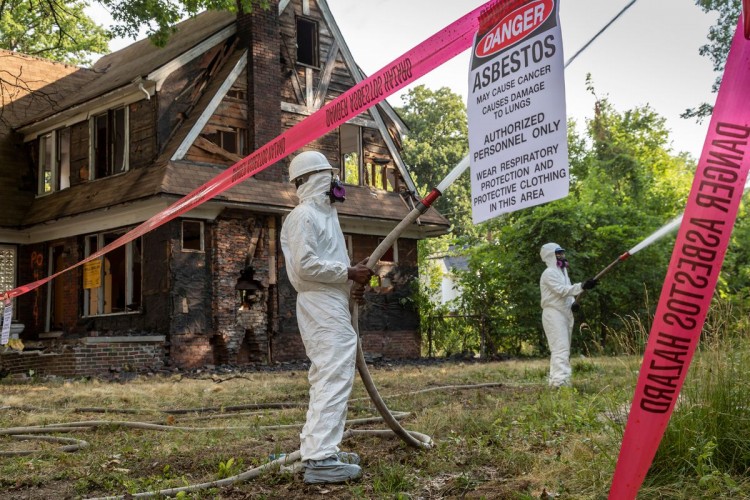Do-It-Yourself home renovation is possibly the biggest trend among homeowners today. While there certainly is something romantically appealing about being responsible for your home’s beautification, some people might unknowingly be putting themselves and their family members at risk.
Toxic materials and chemicals are present in every household. Thus, it’s important for anyone to practice some caution when handling construction and renovations in their home. Asbestos is a common material found in attic and wall insulations. While it isn’t technically harmful, studies show that it may very well lead to some fatal forms of asbestos cancer when its fibers are scattered and inhaled.
If you wish to get more information about asbestos in your home, this guide will teach you everything you need to know—and possibly more.
What Is Asbestos?
As earlier mentioned, asbestos is a material found in wall and attic insulation. It’s used as a fire retardant and thermal insulator in homes. It may also provide soundproofing functionalities. From the early 1940s through the 1970s, asbestos was widely used in the construction of buildings and homes.
Is the Asbestos in My Home Hazardous?
Asbestos is technically safe to use in homes and other structures. When it’s in good condition, the material can serve as a highly effective fire retardant and insulator. True danger emerges when the asbestos material is damaged and its fibers are dispersed in the surrounding air.
When asbestos is airborne, it can easily be inhaled by anyone in the vicinity. While it may not cause immediate side effects, after years of exposure, a person may start to develop certain symptoms and health conditions such as:
– Scarring and inflammation in the lungs
– Shortness of breath
– Wheezing and hoarseness of the voice
– Neck and face inflammation
– Difficulty in swallowing
– Sudden weight loss
– Fatigue
– Anemia
If you’ve recently been exposed to asbestos in your home and are showing any of the following symptoms, it’s best to get a thorough physical examination from a licensed physician. You may be required to complete a chest x-ray and a lung function test.
Signs of Asbestos Fibers in Your Home
Unfortunately, asbestos can’t be detected by the naked eye. If you suspect the presence of asbestos in your home, you should contact a professional to have your home tested.
Nevertheless, there are some red flags that you should be aware of that may indicate asbestos contamination: – Brittle/cracked ceiling tiles
– Worn down piping insulations
– Deteriorating drywalls
– Deficient shingles
– Tile or floor discoloration
– Old corrugated cement roofing
If you have any of the following in your home, you should work with a professional to inspect your surroundings for asbestos contamination.
What Should I Do About Asbestos in My Home?
There’s only so much you can do if you suspect your home has been contaminated by asbestos. For starters, avoid touching the material, even if it looks like it’s still in good condition. You might accidentally cause an accident that may put you and your family in further harm. For best results, contact a trained and accredited asbestos professional to take care of the issue for you. Meanwhile, make sure to limit everyone’s access to the affected areas to prevent widespread exposure.
Consult an Attorney
If you have reason to suspect that your contractor has anything to do with the asbestos in your home, you should consult an attorney to learn what the best next step for you is. A personal injury lawyer can help you get the compensation you deserve for the suffering and pain that you’re experiencing.
If you’ve developed a disease resulting from asbestos exposure, you might also be recommended to consult a doctor. They will confirm whether your disease was truly caused by your exposure to the material and nothing else outside of it.



